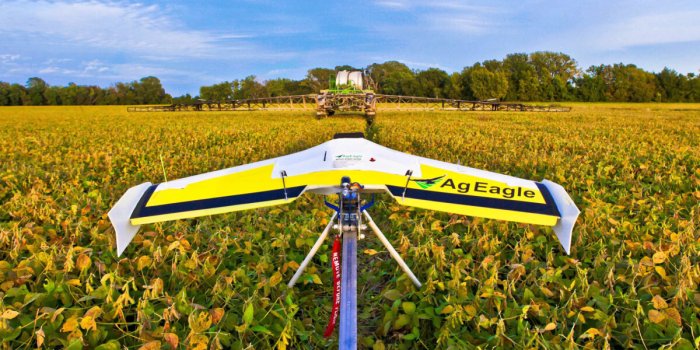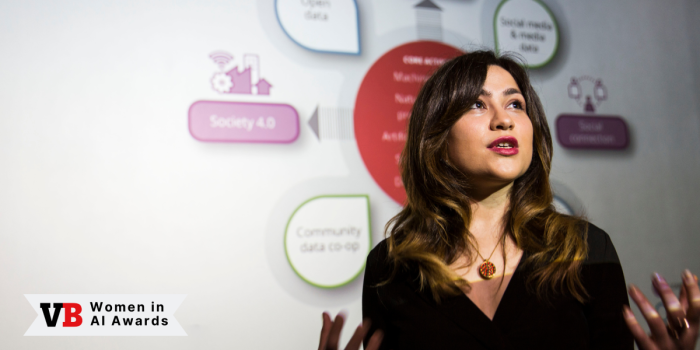What It Will Take To Get More Women At The Agtech Table
- Diversity, Equity & Inclusion
- 0 Replies
Where are the women at the table? In recent years, the agtech sector has been growing by leaps and bounds, in part driven by growing attention placed on food access during the pandemic. Case in point, 2021 is another record year for venture capital investments in agtech, according to CropLife. As of mid-2021, some $4.3 billion was invested in the sector in 263 deals compared to $5.15 billion in 2020. Anecdotally, there appear to be more women founders and leaders in what is still considered a young sector.
Within the vast landscape of agtech companies, many of them startups as defined by the stage of funding they have achieved, the gender ratio on boards remains male dominant. While to date there is no comprehensive dataset that confirms numbers, in our self-analysis we took a sample of companies in agtech curated from top searches for prominent agtech companies and examined gender ratio on boards. Our review of 16 companies with public information regarding its leadership shows that 24 percent of leadership positions are held by women and only 3.6 percent are held by women of color.
While one might assume that companies founded by women would have a healthy balance of men and women on their boards, the reality is quite the opposite. A sampling of companies profiled in my new book, From Farms to Incubators: Women Innovators Revolutionizing How Our Food is Grown (in which most of the companies were founded by women), points to a dearth of women at the table. The sample was taken by going to the companies’ websites and reviewing the board members listed.
Continue reading: https://www.worth.com/more-women-at-agtech-table/
Within the vast landscape of agtech companies, many of them startups as defined by the stage of funding they have achieved, the gender ratio on boards remains male dominant. While to date there is no comprehensive dataset that confirms numbers, in our self-analysis we took a sample of companies in agtech curated from top searches for prominent agtech companies and examined gender ratio on boards. Our review of 16 companies with public information regarding its leadership shows that 24 percent of leadership positions are held by women and only 3.6 percent are held by women of color.
While one might assume that companies founded by women would have a healthy balance of men and women on their boards, the reality is quite the opposite. A sampling of companies profiled in my new book, From Farms to Incubators: Women Innovators Revolutionizing How Our Food is Grown (in which most of the companies were founded by women), points to a dearth of women at the table. The sample was taken by going to the companies’ websites and reviewing the board members listed.
Continue reading: https://www.worth.com/more-women-at-agtech-table/

